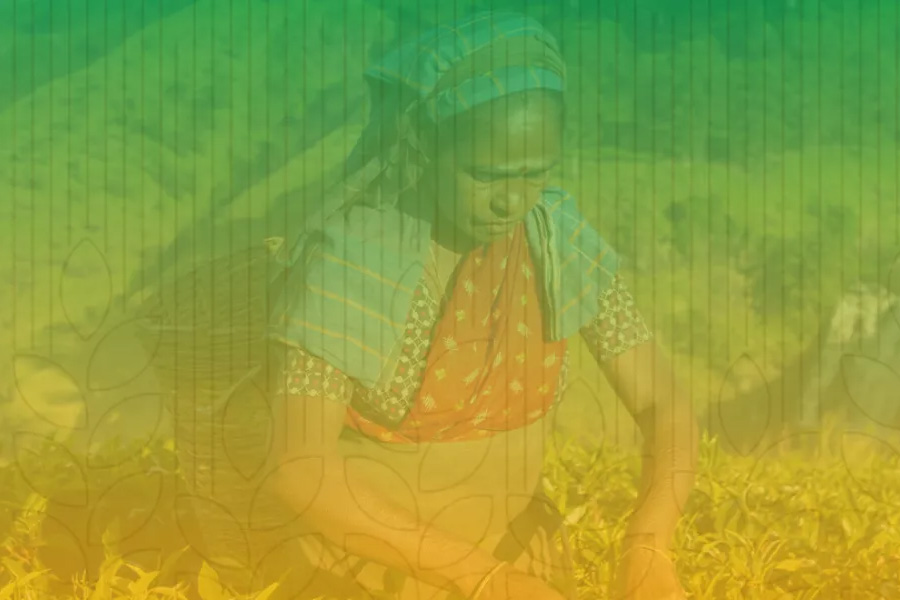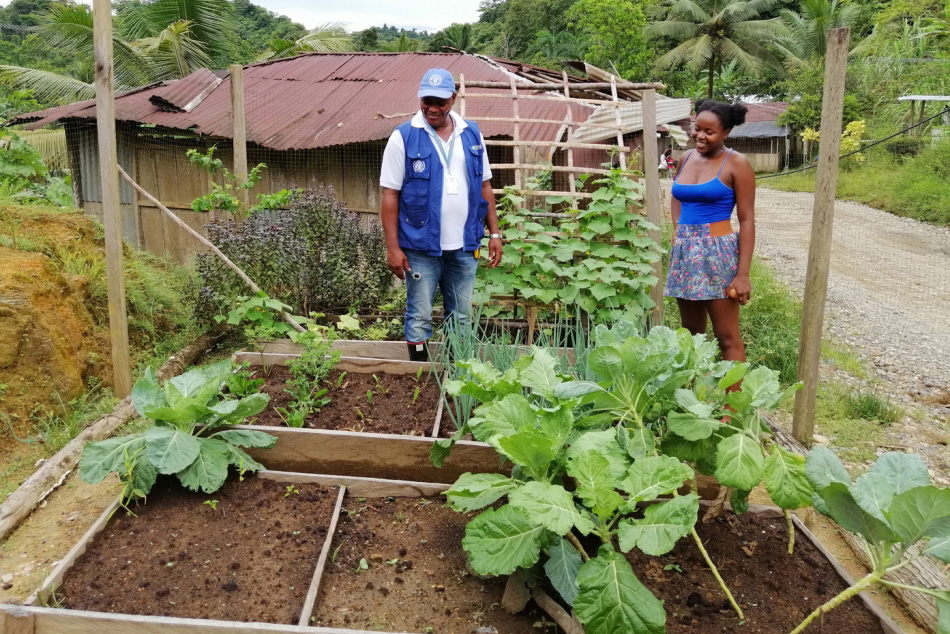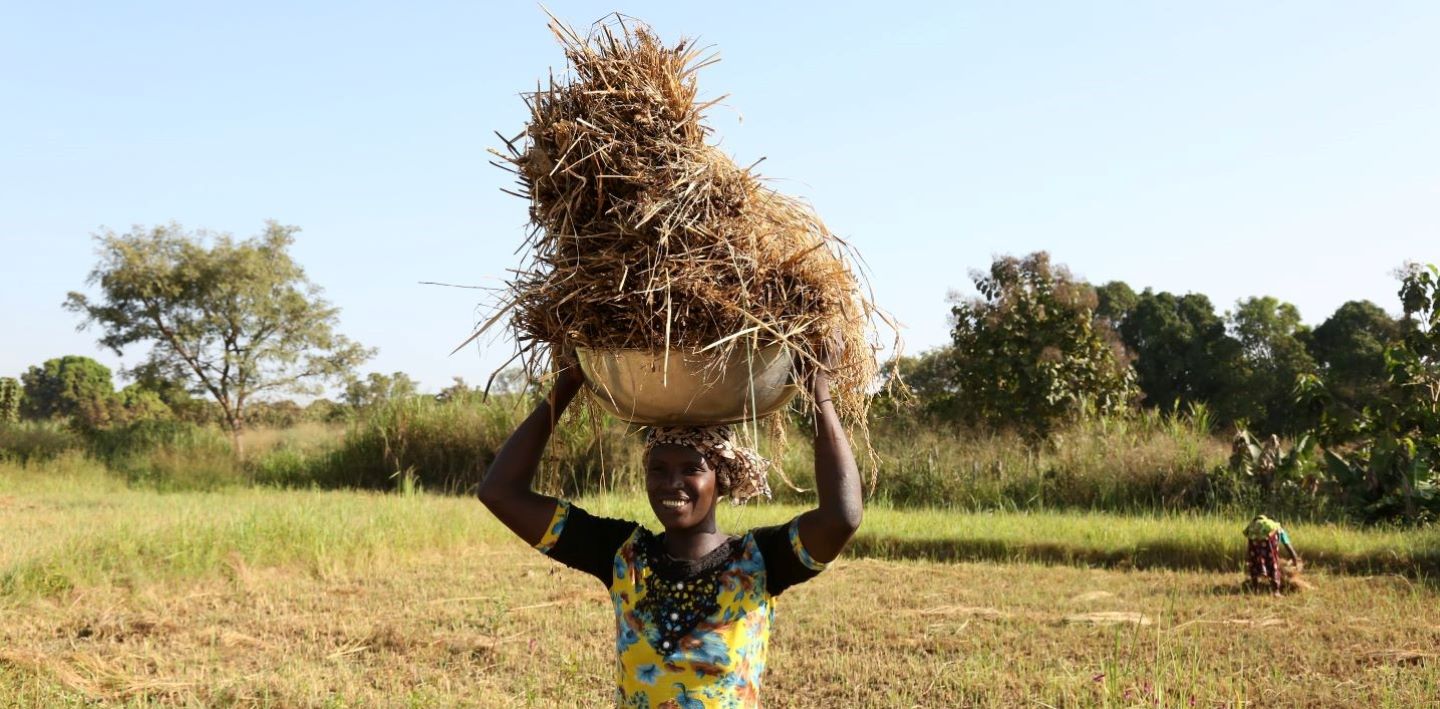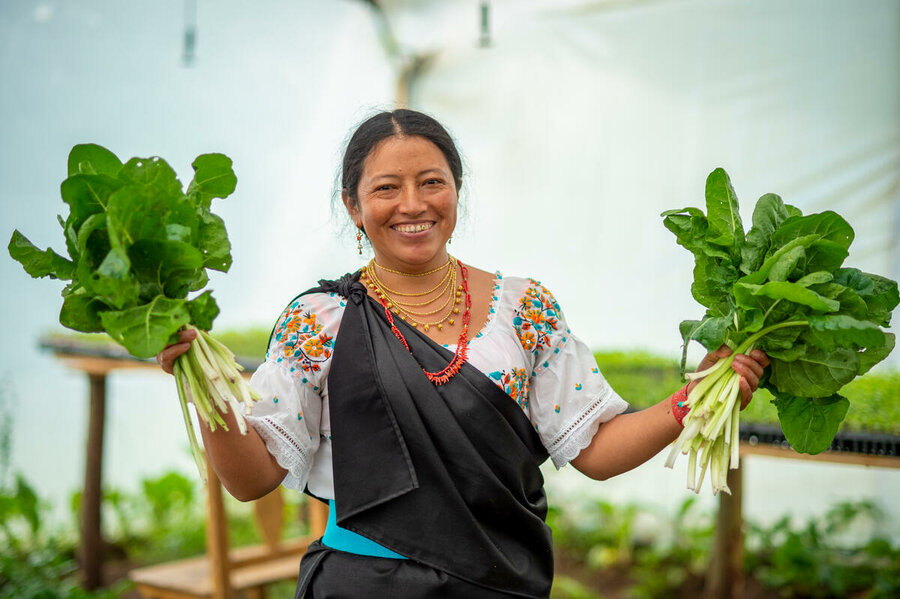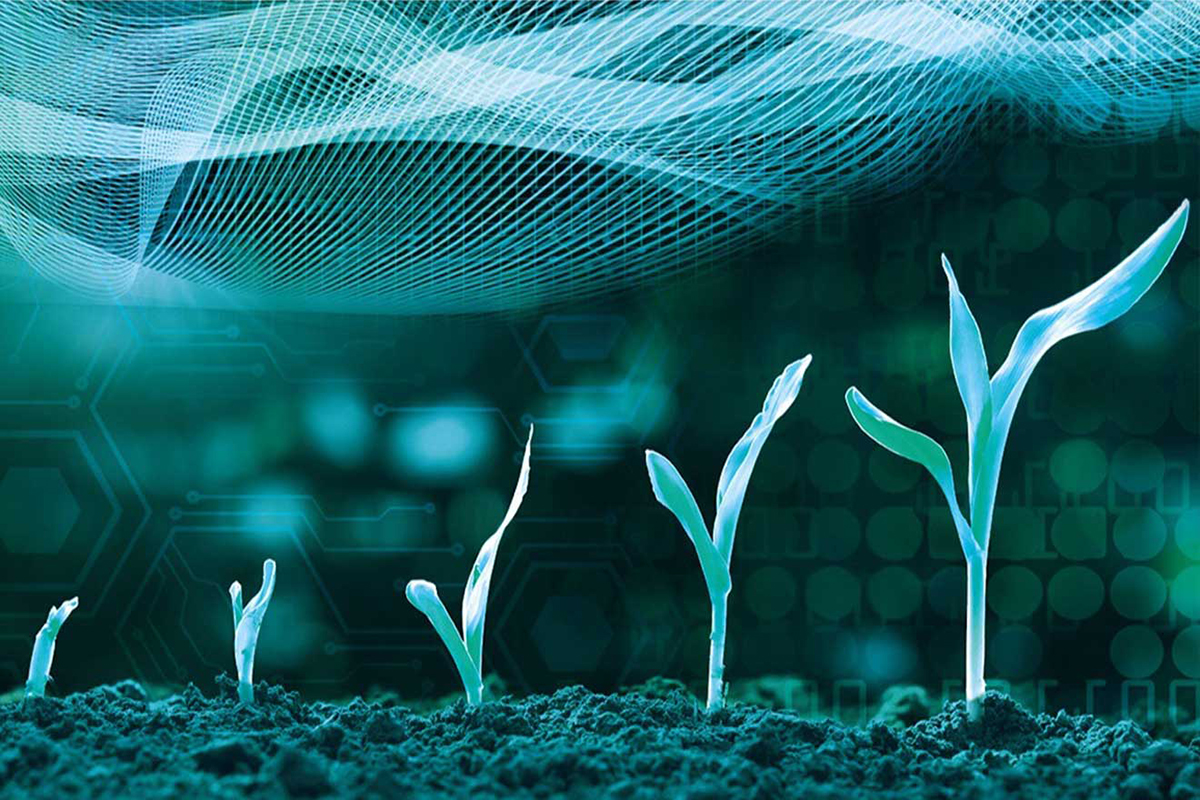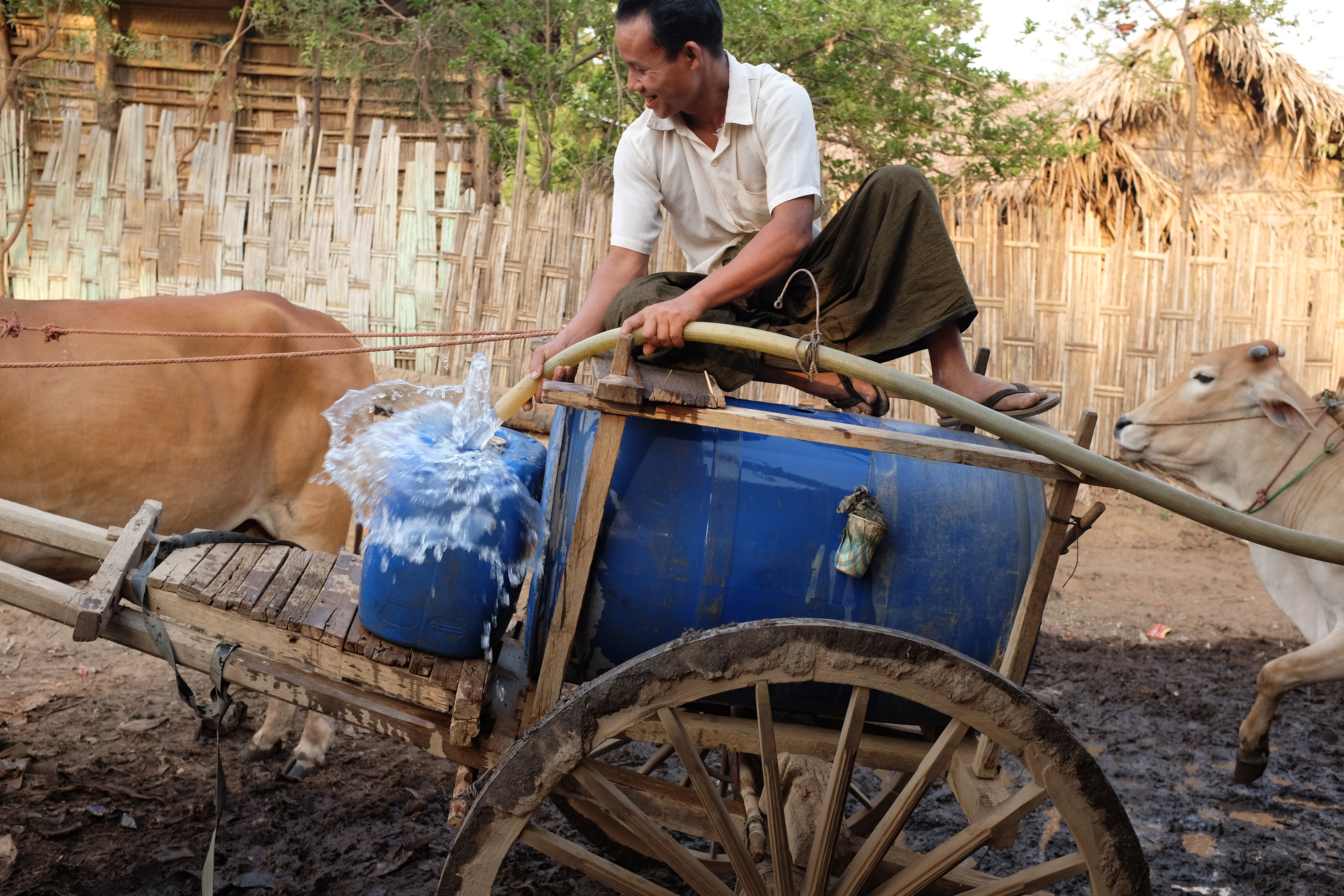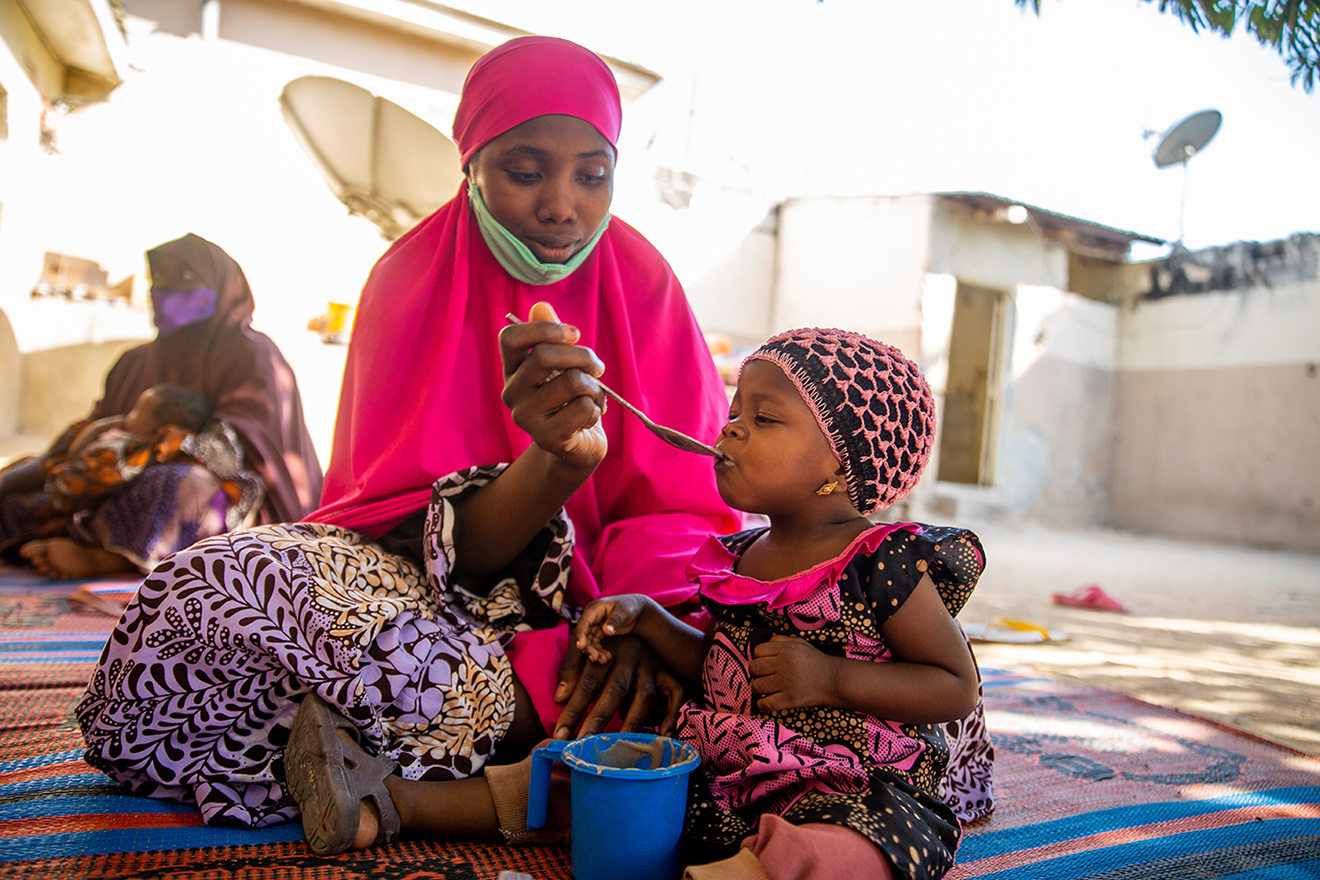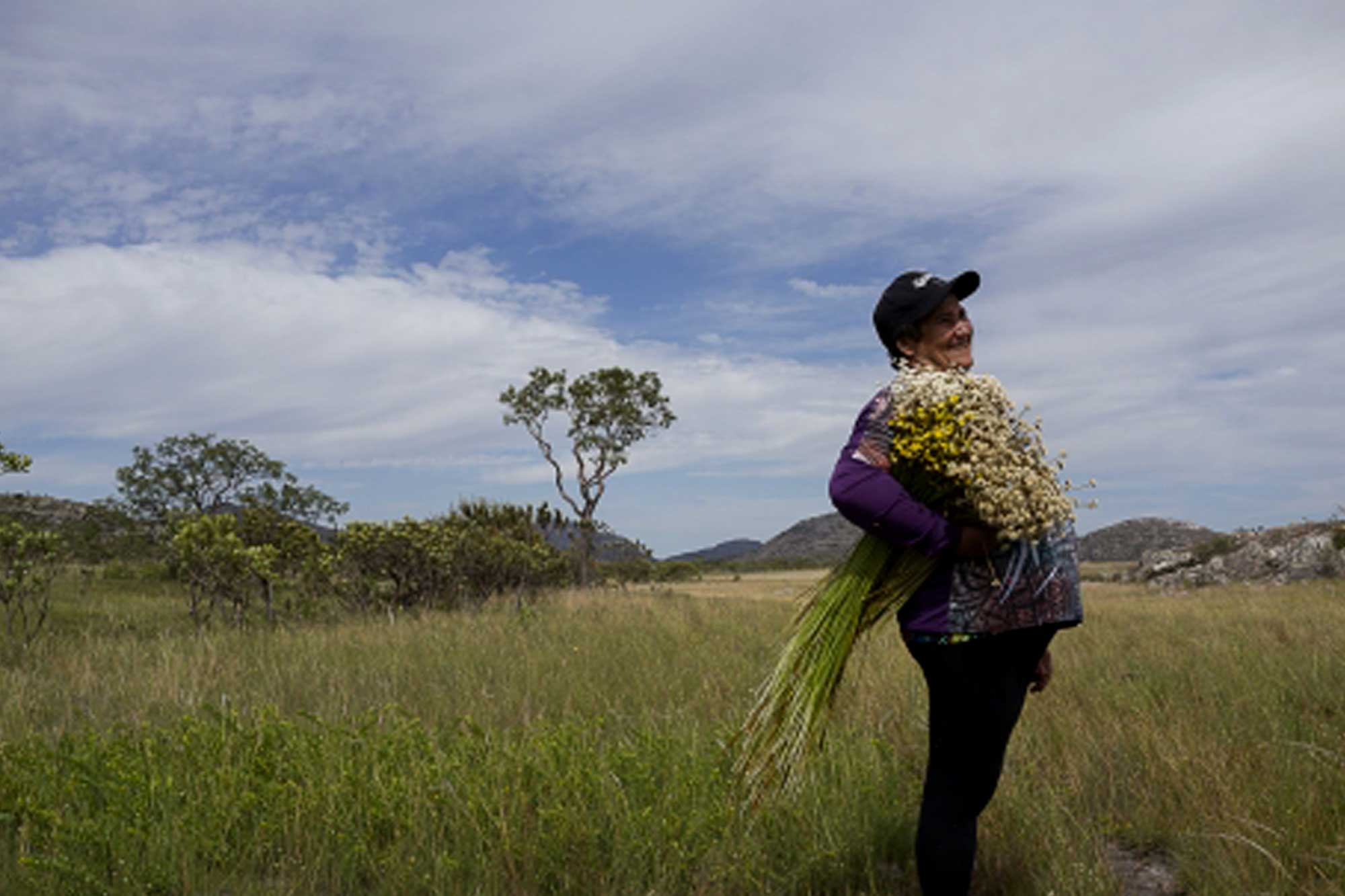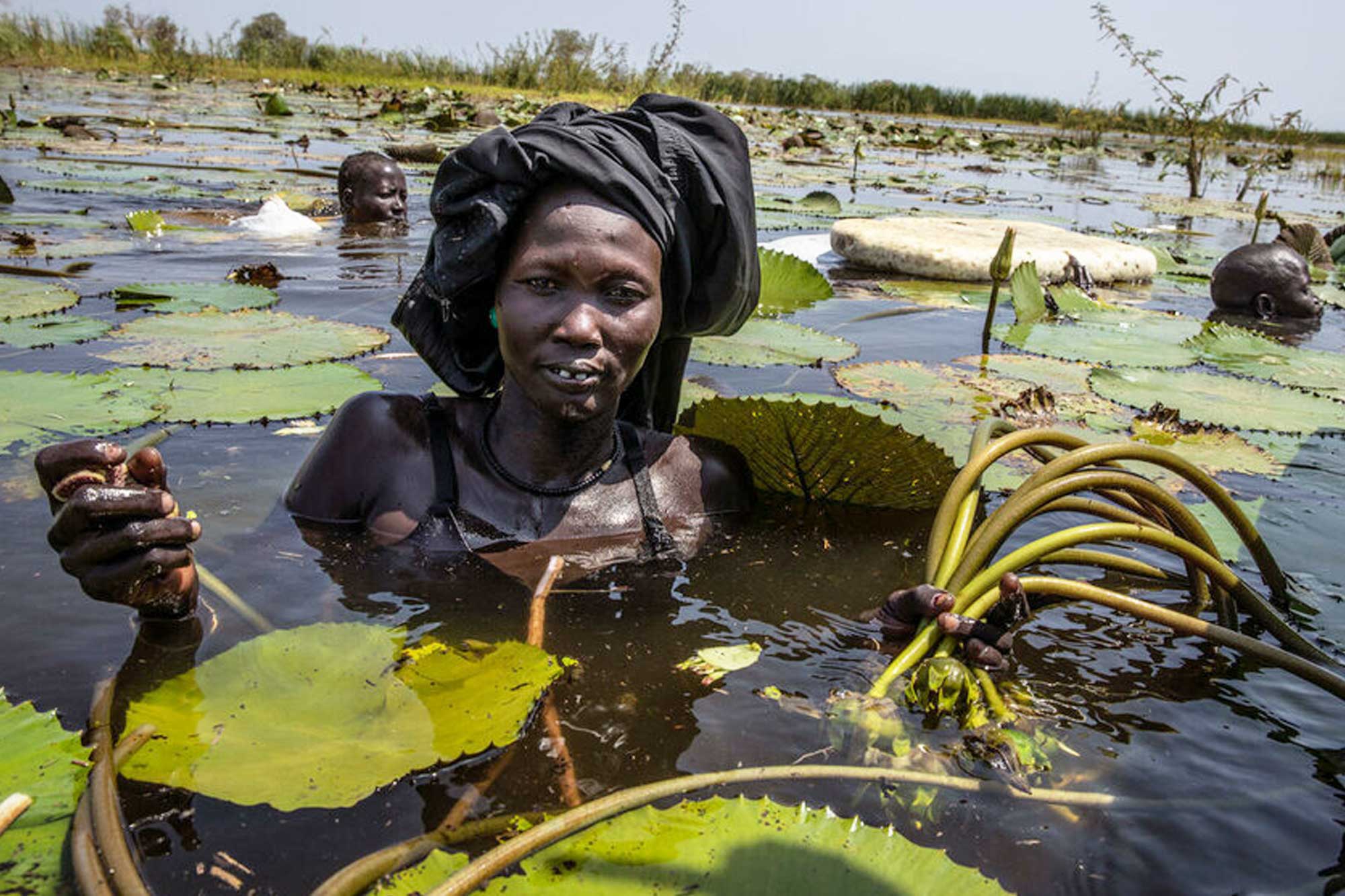Soil nutrient loss is among the most critical problems for food security and sustainability all around the globe. If not managed sustainably, fertility is lost, and soils will produce nutrient-deficient plants. Over the last 70 years, nutrients in food have decreased, and 2 billion people worldwide suffer from a lack of micronutrients. World Soil Day 2022 (5 December) and its campaign “Soils: where food begins” seek to emphasize the current challenges in soil that could threaten our ecosystems and human well-being. Get the message across with the many initiatives and materials.
Agriculture and Food
Carp was once the “King of Lake Shkodër”. Found in abundance in the largest inland body of water in the Balkan Peninsula, carp was a lifeline for fishers and their communities for generations. Lakeshore development, pollution, climate change and overfishing have taken a heavy toll on the lake’s biodiversity, including carp and other fish stocks, and that’s affected the lives and livelihoods of those who depend on them. Now around 420 fishers are taking part in an FAO initiative to improve sustainable fishing practices and rebuild breeding stocks by using aquaculture-based practices.
The World Bank shows that the price inflation remains high on domestic food around the world. July to October 2022 shows high inflation in almost all low-income and middle-income countries.
In recent decades, the violence has left millions of Colombians internally displaced. A peace agreement between the government and the Revolutionary Armed Forces of Colombia in 2016 marked a significant watershed. Yet six years on, displacement has continued, leaving 7.35 million people in the country still in need of food security assistance. But at least for the villagers of Cedro, daily life recently has had a calmer and more normal feel to it. A project by FAO helps provide for the villagers’ food and livelihood needs and get them on a path back to normal life.
The food we eat and how we produce it is evolving. IFAD explains what our plates might look like in the future and explore how the world’s small-scale farmers are revolutionizing what we eat.
Indigenous women like this Ecuadoran farmer have precious ancestral knowledge about growing and using traditional foods. They are the backbone of their families and communities — and make up roughly one-eighth of Latin America’s rural population. Even more crucially, perhaps, they keep and transmit precious ancestral knowledge on growing and using traditional foods, whose importance is only now being recognized. Yet the vital role the region’s Indigenous rural women play in their communities and society is very seldom acknowledged, much less celebrated. WFP helps to support Indigenous rural women to overcome historic barriers, fully harness the ancestral wisdom they carry, and contribute on an equal footing to the life of their communities.
Innovative technologies can help us make our agrifood systems become more efficient, inclusive, resilient and sustainable. One such “new kid on the block” is blockchain technology.
Agrifood systems face complex and unprecedented challenges related to climate change, biodiversity loss, migration, conflict, economic instabilities, and COVID-19. The FAO Science and Innovation Forum, organized together with the World Food Forum and the FAO Hand-in-Hand Investment Forum from 17 to 21 October 2022, highlight the centrality of science, technology and innovation to catalyze the transformation of our agrifood systems. The events encourage a diversity of perspectives based on science for better production, better nutrition, a better environment, and a better life for all.
Around 80 percent of farmland in Asia and sub-Saharan Africa is managed by smallholder farmers. However, farm families are affected by climate change, lower earnings, higher costs, and delayed access to markets. They also disproportionately feel the burden of commodity price increases and inflation. A UNDP-supported project in Myanmar and Cambodia links smallholder farmers with input suppliers or new output markets, thereby increasing farm production, incomes, and farmer resilience. Collective action also allows smallholder farmers to buy and sell larger volumes, and to negotiate for lower input prices and reduced individual transportation costs. Find out more about the project here.
2022 finds us amid an ongoing pandemic, conflict, a climate that won’t stop warming, rising prices, and international tensions. This is affecting global food security and almost 40% of the world’s population cannot afford a healthy diet. We need to build a sustainable world where everyone, everywhere has regular access to enough nutritious food. This World Food Day, let’s make sure that no one is left behind. Find out more, watch the live webcast of the Day's events, as well as Junior World Food Day. Join #WorldFoodDay!
In some places, farmers have learned to work in harmony with the environment and use knowledge passed down over centuries to implement sustainable practices and protect biodiversity in their ecosystems. These communities envisaged and implemented ingenious ways to conserve, preserve and sustainably use biodiversity while safeguarding livelihoods and landscapes. Through the GIAHS programme, FAO is helping preserve this agricultural heritage. Here are just 4 examples of GIAHS sites.
The war in Ukraine is now in its seventh month. The fallout - humanitarian, economic and environmental - continues to grow. Its costs are being felt not only within Ukraine but around the world, where they are in turn compounding other conflicts and emergencies. In a new policy paper, UN Women explores the interrelated crises being driven and exacerbated by the war in Ukraine. Here are 4 key things to know: 1. The war in Ukraine is driving food and energy crises globally; 2. Women and girls are being impacted more—and differently; 3. It’s (past) time to rethink our global food and energy systems; 4. We need sustainable, gender-responsive solutions. More available in this feature.
The way food is produced and consumed today results in high rates of food loss and waste. This waste is responsible for an estimated 8-10 per cent of global greenhouse gas emissions. Food loss and waste has other impacts, such as wasted resources, loss of biodiversity and loss of natural ecosystems. All of this happens against a backdrop of rising food insecurity and malnutrition, with some 828 million people around the world suffering from hunger. UNEP promotes the massive potential to reduce the emissions of the sector while delivering benefits across the SDGs.
An example in resilience: displaced women of Unity State, whose lands have been submerged for 3 years, are now taking part in a local initiative to make cooking fuel out of invasive water hyacinth weeds as a safe and clean alternative to charcoal and firewood. Putting South Sudanese people on the path to early recovery is possible if we prioritize small-scale farmers who are finding local solutions to local problems. On International Peace Day, WFP looks at how tackling the climate crisis can help fight hunger and build stability.
The world's farmers produce enough food to feed more than the global population yet, hunger persists. Food is the third most basic human need after air and water – everyone should have the right to adequate food. This World Food Day (16 October) advocates for the need of having a greater diversity of nutritious foods available in our fields, fishing nets, markets, and on our tables, for the benefit of all. Follow our live coverage for all the day’s events.



